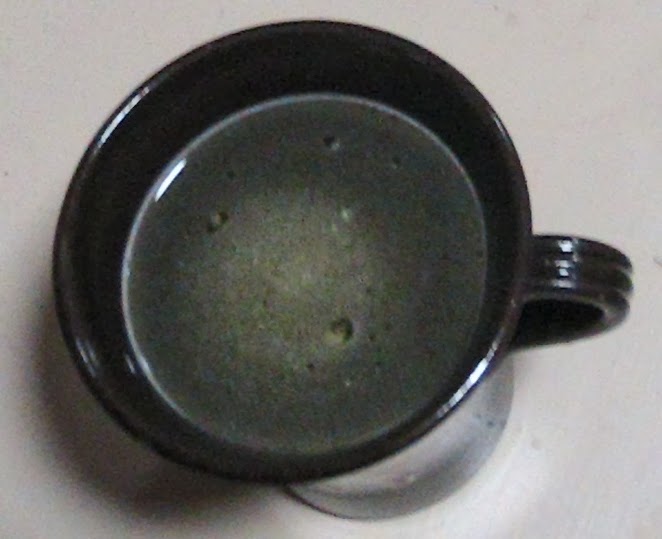I usually don't feed the wild life on our property, but this season I have made an exception. The bugs and insects are frozen and the seeds on trees, bushes, and flowers are also frozen and spoiled. My husband fixed up a bag of popcorn that I put in a mesh bag and hung on a branch on a tree near the garden. I toasted old bread and heals and crumbled them up and rolled them into peanut butter on pine cones and hung them up on a branch too.
 Staying inside, I decided to clean out my news paper clippings about gardening. I also have saved recipe clippings that I like to read but not necessary make. I found a recipe for Hot Buttered Rum that I clipped out from a November issue of last year's Esquire.
Staying inside, I decided to clean out my news paper clippings about gardening. I also have saved recipe clippings that I like to read but not necessary make. I found a recipe for Hot Buttered Rum that I clipped out from a November issue of last year's Esquire. In the microwave oven, I heated an 8 oz cup of water and used some of it to dissolve 2 packets of sugar in a mug. I added 2 oz of rum and the rest of the hot water to fill up my mug. Finally, I added a pat of margarine (I didn't have any butter). It tasted surprisingly good on a cold day.
Warning: Please, don't venture outside after drinking alcohol thinking that it warmed you. It may feel that way. You may not know how cold it really is and the consequences of such an outing are not pleasant. Be careful with alcohol in cold weather.
Stay warm.
Thank you for visiting my blog.
Thank you for visiting my blog.









